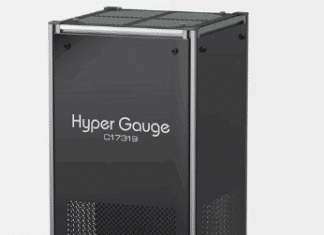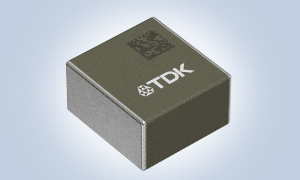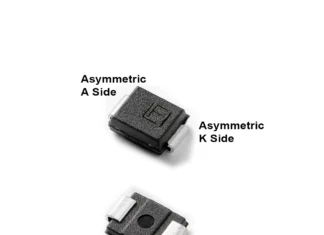Ultrafast Full Wafer Thickness Mapping
A new film-thickness measurement system promises to collapse wafer inspection times delivering full 300 mm-wafer thickness maps in under a heartbeat and boosting throughput...
Noise-Blocking AI Headphones
Struggling to hear on your headphones in noisy rooms? The AI-powered headphones can isolate voices automatically. Read on!
Having a conversation in a noisy room...
High-Performance Inductors For Automotive Applications
Cars are adding smarter electronics. Learn how a small inductors save energy, carry more current, and keep systems working reliably in tough conditions.
Automotive electronics...
India Sets New 1 Tbps Long-Haul Record
India’s digital backbone gets a major speed boost as Constl and Ciena hit a 1 Tbps milestone over 1,450 km without regeneration.
India’s long-haul optical...
Infant-Inspired Tactile Learning Boosts Robotics
A new meta-learning framework inspired by how babies explore the world could help robots adapt faster, handle objects safely, and interact more naturally with...
Simpler Surge Protection For 12-Volt Systems
A diode makes 12V car electronics safer and simpler. It cuts extra parts, reduces power loss, and keeps important systems running reliably.
Many automotive electronics...
JOB: Power Electronics Engineer At Cyient In Bengaluru
APPLY HERE
Location: Bengaluru
Company: Cyient
Qualification: BTech in EEE/ECE/IT/TC/ Mtech in Power electronics/Power systems/EEE
Expertise in System architecture, inverter/converter topologies, complete knowhow of printed circuit boards, thermal...
JOB: Hardware Design Engineer – C&P At Quest Global In Bengaluru
APPLY HERE
Location: Bengaluru
Company: Quest Global
You will become a part of a dynamic team that serves the top HVDC worldwide customer as a hardware design...
JOB: ECAD Library Engineer At Capgemini In Bengaluru
APPLY HERE
Location: Bengaluru
Company: Capgemini
Job Description
This role involves the development and application of engineering practice and knowledge in the following technologies:
Electronic logic programs (FPGA,...
JOB: Electronics Component Procurement Engineer At Confio Technologies In Bengaluru
APPLY HERE
Location: Bengaluru
Company: Confio Technologies
Job Summary
Own end-to-end procurement of electronic components for product development and production. You will source, evaluate, negotiate, and manage suppliers...













